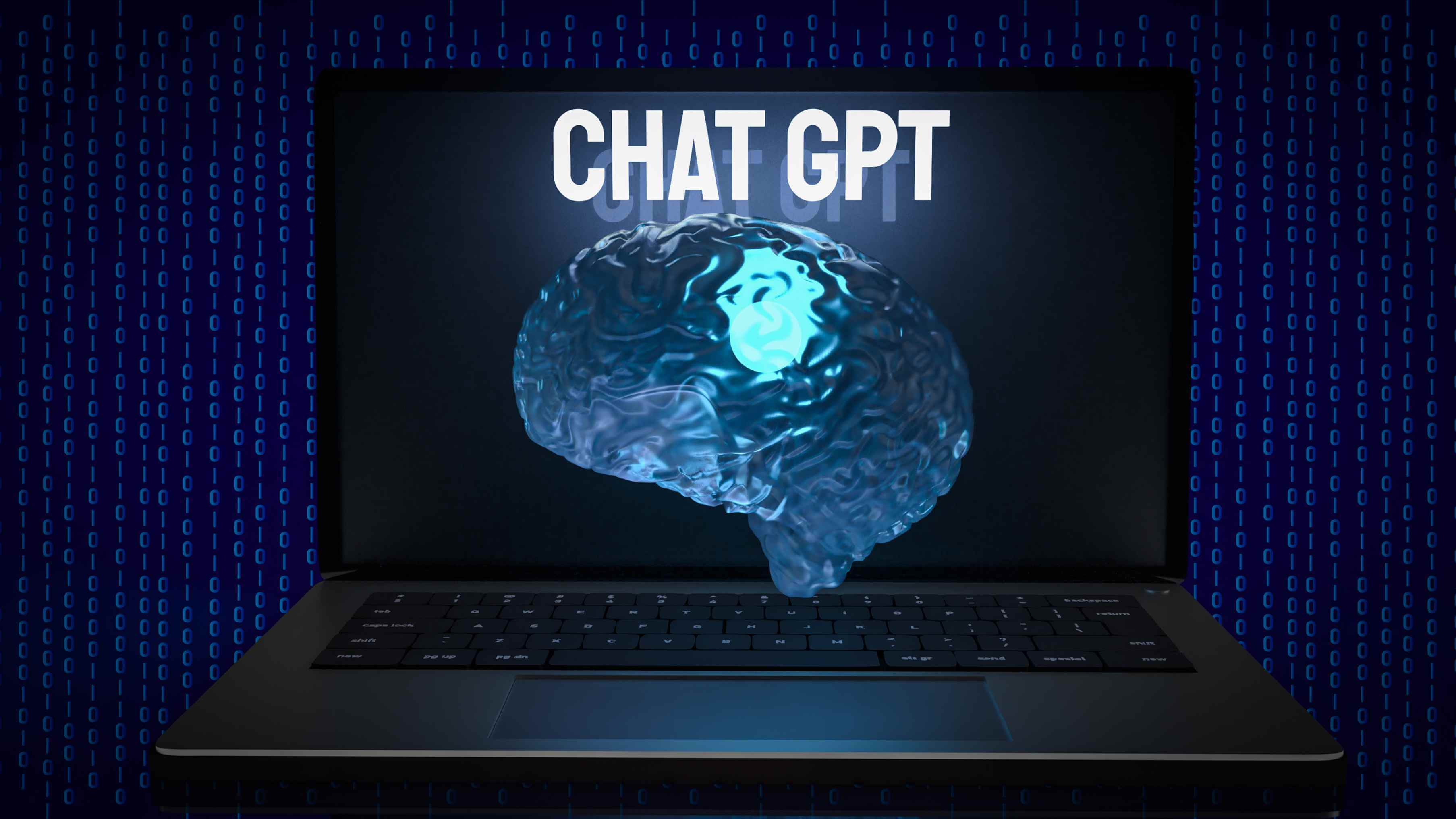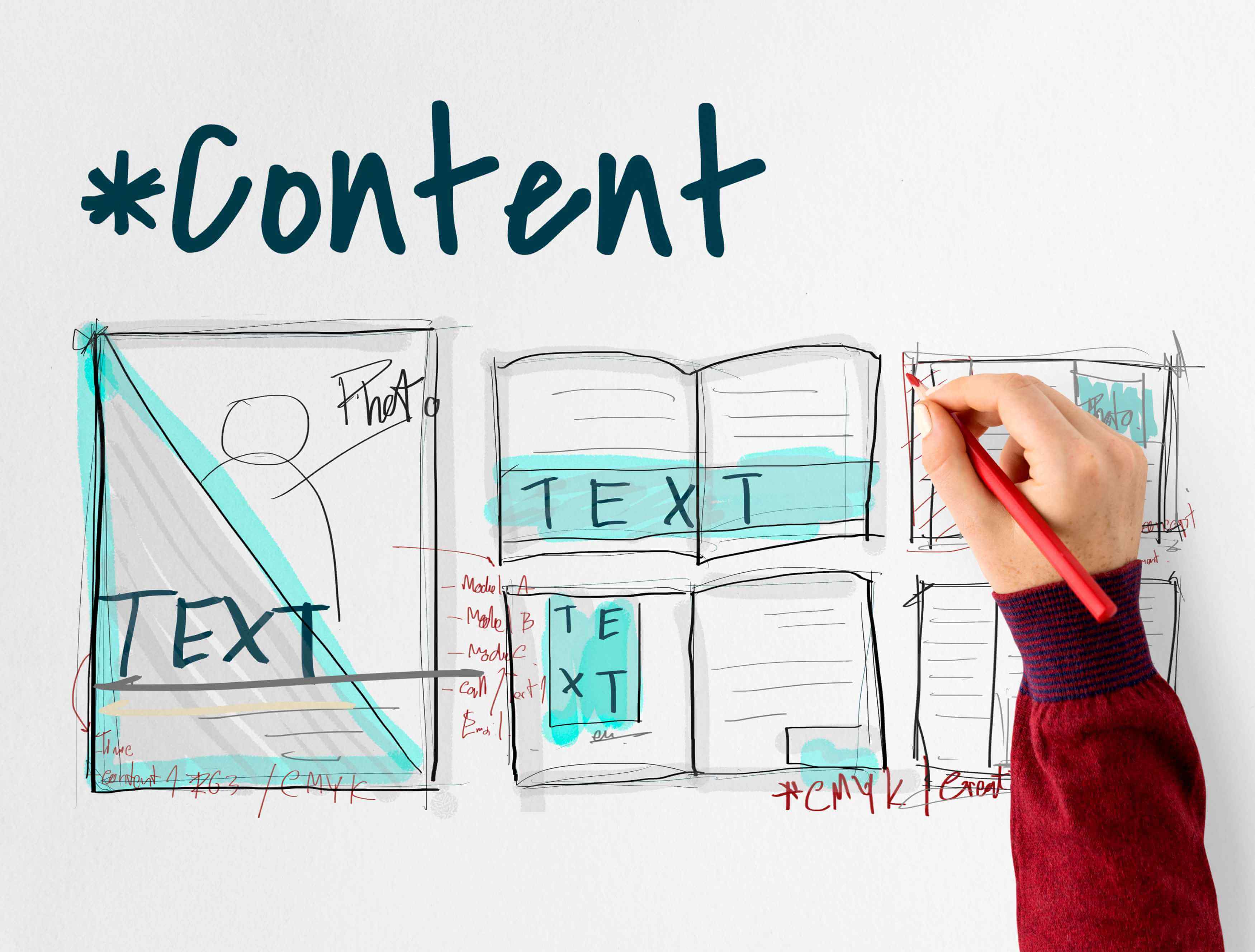With the rapid rise of generative AI, ChatGPT has emerged as a powerful and important channel for brand visibility, awareness, and engagement. In 2025, businesses are increasingly shifting their strategies to align with AI-first search and recommendation systems—particularly those embedded in conversational platforms like ChatGPT.
This shift marks a significant evolution in how users interact with digital content and make purchasing decisions. Rather than relying solely on traditional search engines, users are turning to AI assistants to find answers, compare products, and receive personalized recommendations.
As a result, brands that adapt to this new discovery model can position themselves directly within the flow of consumer intent. Optimizing for ChatGPT goes beyond traditional SEO. It requires understanding how AI interprets content, assesses trust, and delivers value.
Whether you're a startup or an established enterprise, embedding your brand into this emerging AI ecosystem means embracing a new set of rules—like prioritizing structured content, conversational relevance, and digital reputation.
Why Brands Are Optimizing for ChatGPT in 2025
AI is becoming a critical touchpoint in the customer journey. ChatGPT is now integrated across platforms—search engines like Bing, browsers like Arc and Copilot, and smart devices.
Users are asking ChatGPT for product suggestions, service providers, B2B solutions, and more. If your brand doesn’t appear, you’re missing out on intent-driven traffic and trust.
Why does it matter now?
In 2025, OpenAI launched the GPT Store and expanded browsing capabilities, allowing GPTs to recommend real-time content. Microsoft Bing is the default search index behind ChatGPT. Today, structured data, brand mentions, and trust signals directly influence visibility.
Key Reasons Brands Are Optimizing for ChatGPT:
-
Conversational Search is Replacing Traditional Search
Users prefer asking ChatGPT instead of Googling because it's faster and more intuitive. -
Brand Mentions Build Authority
Being referenced in ChatGPT answers boosts brand credibility and visibility. -
Zero-Click Generation is Rising
Users often get complete answers without needing to click through to websites. -
AI-Driven Decision Making is Increasing
Especially in B2B, decision-makers ask GPTs for recommendations before deeper research.
How Does ChatGPT “Find” and Recommend Brands?

Before diving into tactics, it’s important to understand how ChatGPT decides which brands to include. Unlike traditional search engines, ChatGPT relies on integrated sources, contextual relevance, and trust signals.
In 2025, this process has become more structured and transparent.
Bing Search Index Integration
ChatGPT relies heavily on Bing’s search index, especially when browsing is enabled. It’s also the default engine behind many GPTs and plugins.
If your website isn’t properly indexed by Bing, you’re less likely to be featured.
📌 Tip: Bing SEO differs from Google SEO—optimize accordingly.
Structured Data and Content Formatting
Structured data helps ChatGPT understand and categorize your content accurately.
Use schemas like:
-
FAQPage – For Q&A content
-
Organization – For brand details
-
OpenGraph / Twitter Cards – For enriched social previews
-
JSON-LD – Preferred format for schema markup
Brand Mentions and Trust Signals
Frequent mentions across trusted sources improve your AI visibility.
Important sources include:
-
Review Platforms – G2, Trustpilot, Capterra
-
Industry Blogs – Recognized experts and thought leaders
-
Social Proof – Reddit threads, LinkedIn posts
-
Curated Lists – “Best of” articles, tool guides
Conversational Relevance & Prompt Fit
Even if your content ranks well on search engines, it may be skipped by ChatGPT if it lacks conversational tone or prompt alignment. Ensure your content mimics natural human responses, such as:
-
“What are the best CRMs for startups?”
-
“Top-rated photo editing apps in 2025”
-
“Affordable AI marketing tools for small businesses”
9 Tactics to Increase Your Brand Presence in ChatGPT

Unlike traditional search engines, ChatGPT pulls insights from structured data, brand mentions, and conversational cues. To improve your visibility, you need to focus not just on SEO—but also on relevance, trust, and clarity.
Here are 9 actionable tactics to help your brand show up where it matters most:
1. Open Your Site to AI Crawlers
ChatGPT and Bing use AI-specific crawlers to find and process content. In 2025, adding an .well-known/ai.txt file gives you control over what content these models can access.
Checklist:
-
Create
.well-known/ai.txt– Allow access to essential pages -
Configure
robots.txt– Permit Bingbot and OpenAI crawlers -
Add OpenGraph & Twitter Cards – Enhance preview quality
-
Implement JSON-LD – Structure data for all key pages
2. Optimize for Brand Mentions Across the Web
Another factor that can influence ChatGPT mentions significantly is your brand’s presence outside if your own website. This is where digital PR, UGC (user-generated content) and listicle placements matter most.
Ways to Earn Mentions:
-
Guest Blog – Contribute to niche industry blogs
-
Get Listed – Appear in “Top Tools” or “Best Platforms”
-
Collaborate with Creators – Partner via LinkedIn, Medium, Reddit
-
Pitch Thought Leaders – Ask curators to include your brand
-
Encourage Reviews – Spark UGC across forums and reviews
3. Use Conversational & Structured Content
ChatGPT tends to prefer clean and structured content that sounds human. If your blog posts actually answer real user questions clearly, you are far more likely to be cited by ChatGPT.
This also supports a long-term content marketing strategy, as it increases the value and reusability of your content across multiple channels.
Tips for Structuring Content:
-
Use subheadings like “What is X?”
-
Add Q&A sections in plain language
-
Apply FAQ schema via JSON-LD
-
Keep paragraphs short with bullets
4. Submit & Optimize for Bing Search
Bing is ChatGPT’s default index—your site must be optimized there.
|
Task |
Action Step |
|
Bing Webmaster Tools |
Submit your site and sitemap |
|
Indexing Coverage |
Monitor crawl errors and fix 404s |
|
Schema Markup |
Use Bing-supported formats |
|
Page titles & Meta Tags |
Write clear titles and appealing descriptions |
5. Encourage Reviews & Testimonials
An important trust signal that is considered by both ChatGPT and Bing is real human feedback. These reviews can also help place your brand in context such as fastest, reliable or easy to use.
Top Platforms:
-
G2 (especially for B2B SaaS)
-
Capterra
-
Trustpilot
-
Reddit communities
-
Product Hunt
6. Create High-Quality Thought Leadership Content
Brands that are leaders within their industries and lead the conversation often become the go-to suggestions in ChatGPT. Make sure to publish content that demonstrates expertise, not just SEO optimization.
Effective Formats:
-
Trend reports on your industry
-
In-depth guides (2000+ words)
-
Expert opinions on future changes
-
Founders’ or executives’ personal takes
7. Utilize Platform Visibility
ChatGPT pulls its answers from indexed pages, including high-authority content platforms. You can boost your chances of being cited by publishing on these platforms.
This is not only a visibility tactic but also a classic digital marketing strategy that reinforces your authority across trusted domains.
Suggested Platforms:
-
Medium
-
Dev.to
-
Reddit
-
Quora & Stack Overflow
-
LinkedIn Articles & Groups
8. Monitor & Track Mentions in ChatGPT
AI-specific mention tracking is a growing field, and while ChatGPT does not always provide sources, tools are emerging to track mentions across prompts and responses.
Helpful Tools:
-
Brand24
-
Sembly
-
Mention.com
-
AlsoAsked (to discover prompt topics)
9. Launch a Branded GPT
OpenAI’s GPT Store lets you publish your own branded chatbot. These can answer queries, represent your company, and appear in GPT recommendations.
Why It Matters:
-
You gain direct presence in ChatGPT
-
You control the answers and tone
-
You appear in GPT Store search results
-
Perfect for sales, support, onboarding, FAQs
Common Mistakes to Avoid When Targeting AI Mentions
Many brands rush into AI optimization without fully understanding how these systems operate. To build sustainable visibility, avoid these common pitfalls:
-
Ignoring Bing SEO
Focusing only on Google means missing ChatGPT’s primary search index. -
Overusing Keywords
AI models prefer natural, human-like phrasing—keyword stuffing can backfire. -
Blocking AI Crawlers
An incorrectly configuredrobots.txtcan block OpenAI or Bingbot unintentionally. -
Publishing Vague Content
Generic, unstructured posts are less likely to be cited by AI. -
Not Using Structured Data
Without schema markup, your content is harder for AI to interpret accurately. -
Neglecting Off-Site Mentions
Relying solely on your own website ignores the value of external validation.
Frequently Asked Questions

How does ChatGPT decide which brands to mention?
ChatGPT draws from multiple data sources, including Bing Search, trusted websites, structured data, and prompt relevance. Brands with high authority, proper schema use, and consistent off-site mentions are favored.
Can I submit my website directly to ChatGPT?
No, but you can optimize for inclusion by submitting your site to Bing Webmaster Tools. Ensure your content is well-structured, accessible to AI crawlers, and frequently cited on reputable platforms.
Is creating a branded GPT worth it?
Absolutely. A branded GPT gives your brand a native presence inside the ChatGPT ecosystem. Users can engage directly, discover your assistant, and find you via GPT Store searches.
What’s the fastest way to get mentioned in ChatGPT?
The fastest tactic is a combination of ensuring Bing indexing, adding AI-friendly structured data, publishing conversational content, and earning quick mentions in high-authority sources like Reddit, Product Hunt, or Medium.















